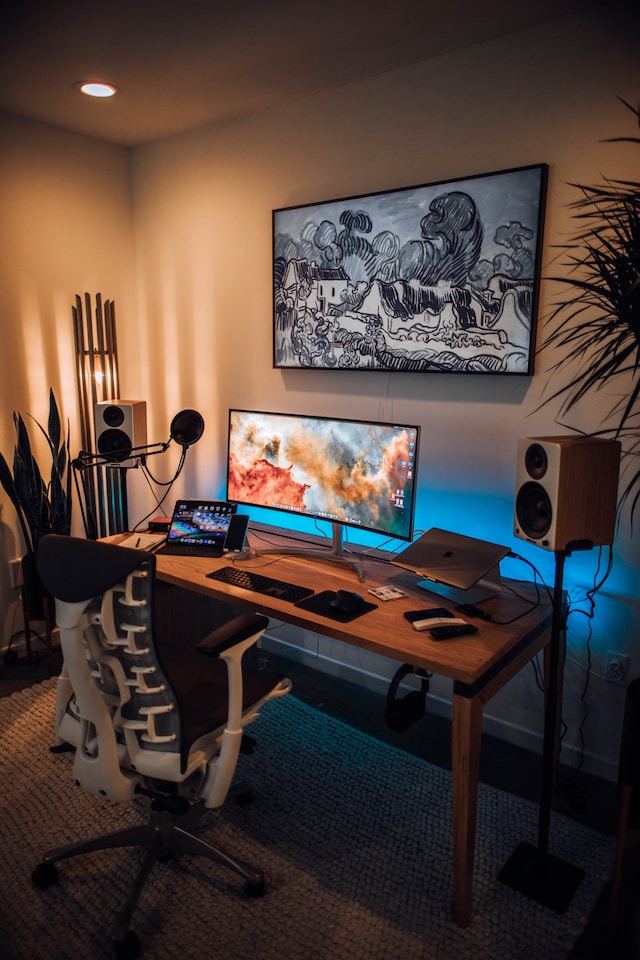WWWhat is going on today? Well, let me break it down for you. On this very day, 25 years ago; March 12, 1989 to be exact; a revolution in the way people access information began, a revolution so big that without it, what you’re reading here would still be in my machine and only visible to close friends.
I’m referring to the World Wide Web (simply WWW). Many of you may not understand it and may mistake it for the Internet, or that bloody-data-draining-icon on their phones. Put simply, it’s what delivers web content to our Internet-enabled devices. Still Greek, I can imagine… so let me go deeper.
What’s the Internet?
The Internet is a group of computers all connected together by various cables. That’s it. Google is not the Internet, neither are the class one laptops. Google is a site that enables you to find information via the Internet, and the class one laptops, are just devices that will, hopefully, enable the pupils to access certain learning resources.
So what’s the World Wide Web?
I won’t start by telling you who Sir Tim Berners-Lee is and how he grew up and all. I’m simply going to tell you what you need to know about the World Wide Web.
Let me quote Sir Tim Berners-Lee before I explain all this in a simpler language.
“Well, I found it frustrating that in those days, there was different information on different computers, but you had to log on to different computers to get at it. Also, sometimes you had to learn a different program on each computer. So finding out how things worked was really difficult. Often it was just easier to go and ask people when they were having coffee.
And when you are a programmer, you often think, “Isn’t there a better way? Can’t we just fix this problem for good?” That became, “Can’t we convert every information system so that it looks like part of some imaginary information system which everyone can read?” And that became the WWW!”
What Tim (allow me to casually relate to him) envisioned, was the fact that computers could not only communicate, but share information that can be accessed by anyone at any time. So he came up with a structure (or protocol) that ensured each information shared by this computers was standardized and accessible, and in one space, which he called HTTP and WWW respectively.
The take away from all this
The World Wide Web, is a decentralized system, upon which the world has become a global village through open communication, access and sharing of information. What impact has this had on society? Some government regimes have restricted access to the Internet while others are said to be spying on the public and other governments – PRISM. In Kenya, the open data is struggling to stay up because various public institutions are said to be reluctant to release data.
If you recall well, in 2011, the power of information dissemination and sharing brought about by social media led to the wave of revolution that swept several Arab nations. We have also noticed a trend in which activists whether in protesting or in promoting, turn to the web (social media mostly) to mobilize and drive their agenda with great success. As such people have become more aware, more learned and as a result, enlightened and empowered.
And while we celebrate all this, we must remember, only 34.3 per cent of the global population has access to the web leaving nearly two-thirds of the world’s population unconnected. Hopefully, this will not remain the case for long, as more and more organizations and countries work towards a connected people, and world. That said, we all have a responsibility to shape the future we want.








